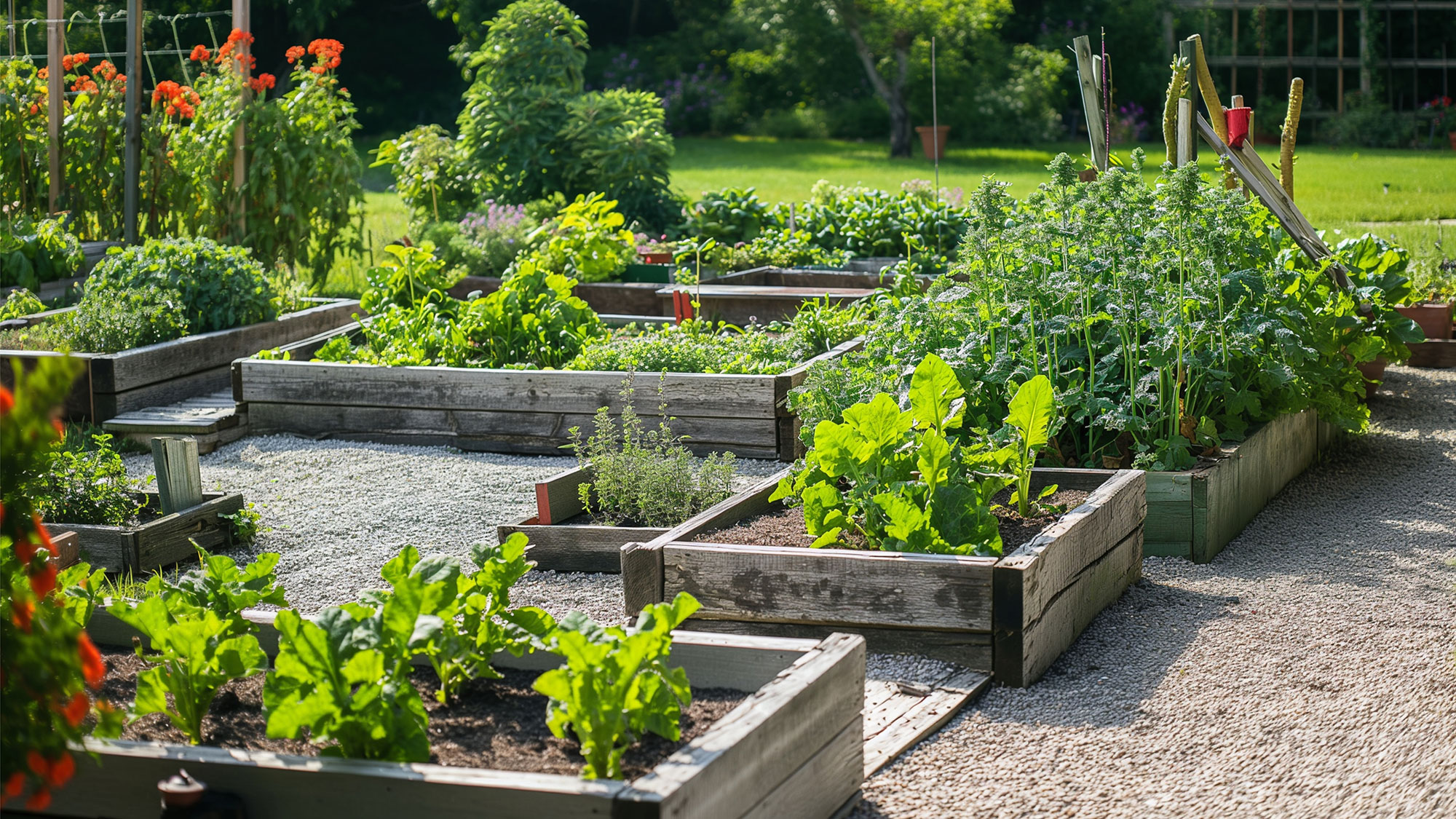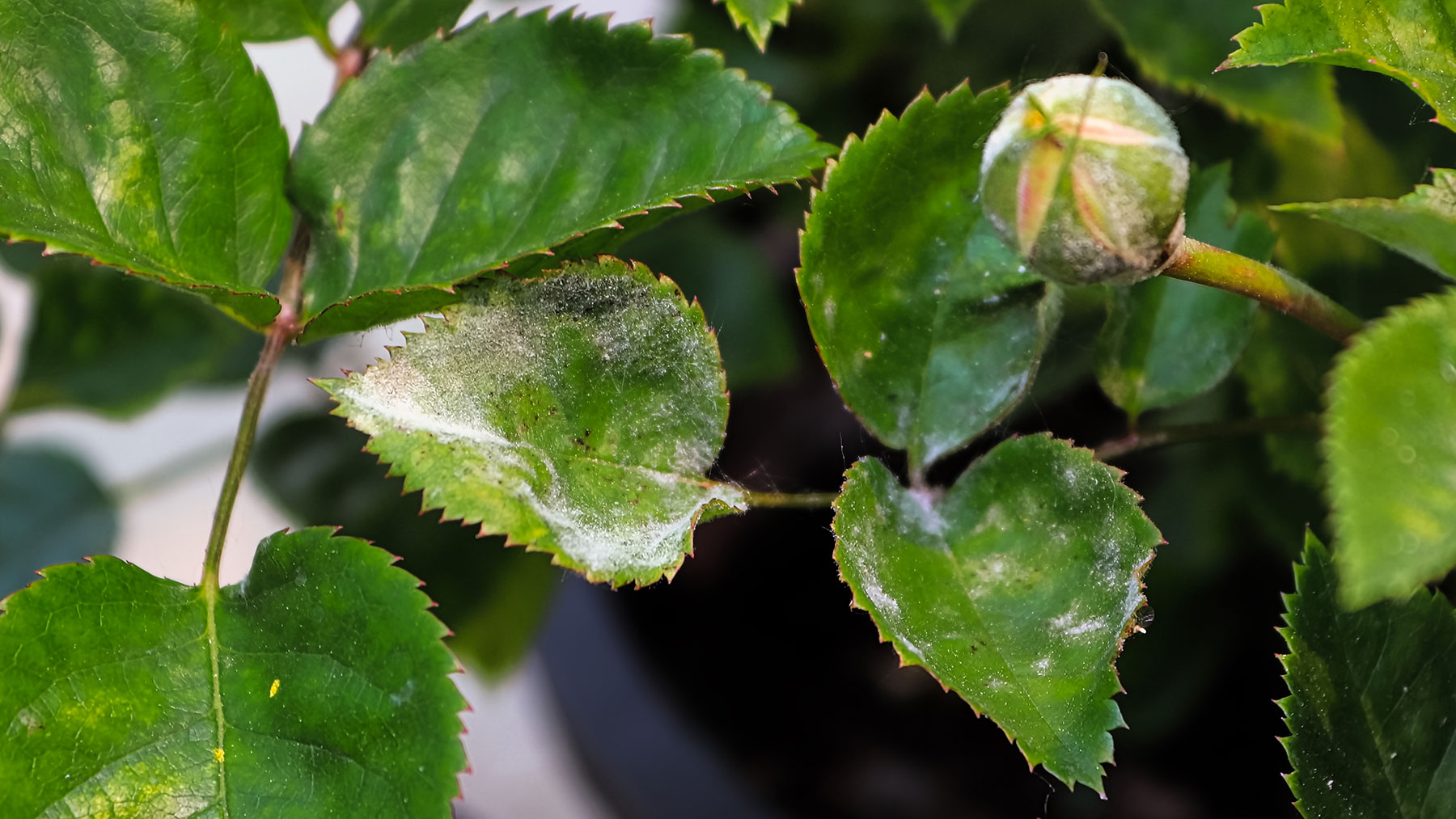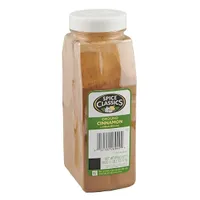It's not just for baking — here's 3 ways a sprinkle of cinnamon can transform your yard
So long, pesticides

I’m a true cinnamon fan. I simply can’t get enough of this sweet spice. Only this week, I whipped up a batch of cinnamon buns while I gave my son a cooking lesson.
However, this heavenly spice doesn’t need to stay rooted in your kitchen, it’s a multi-functional trooper and can save the day in your yard. Not only does it deter pests, it can act as a rooting compound and natural fungicide.
Although I love to be liberal with cinnamon when using it in baking, I have to hold myself back when using it in my yard, as there are some plants where using cinnamon should be avoided.
So, to help you use cinnamon wisely in your backyard, here are three ways to use it correctly, along with plants that are best left untouched.
Ground cinnamon is a perfect warm spice to add to many bakes, but it can also be used in the garden to ward off pests, propagate cuttings and as a natural fungicide. This 18oz container can be used to make cinnamon buns, with plenty spare to help protect the plants in your yard.
1. Cinnamon deters pests

Rather than using harmful chemicals to deter pests in your garden, cinnamon can be used to keep these unwanted creatures away from your plants. What’s more, applying a natural pest deterrent in your vegetable patch will ensure that no harm comes to your edible crops.
Pests turn their noses up at strong smells, and although I love the scent of cinnamon, it will have pests heading in the opposite direction. This hack is also super easy to follow. Simply sprinkle cinnamon around your plants to create a no-go zone.
This cinnamon trick will keep a whole army of bugs at bay, including ants, fungus gnats, aphids, spider mites, mosquitoes, fruit flies, and wasps. However, it will also deter larger pests, such as rats, mice, raccoons, squirrels, rabbits, moles, and weasels.
Get instant access to breaking news, the hottest reviews, great deals and helpful tips.
2. Cinnamon is a natural fungicide

You don’t need to worry if some of the cinnamon lands on your plants as it can also be used as a natural fungicide. Its antifungal and antibacterial properties found in the essential oils help prevent fungal diseases.
Apart from preventing damping off, which causes young seedlings to rot and die below the soil, it can also help prevent powdery mildew, a common fungal disease that resembles talcum powder. My zucchini plants became infected with powdery mildew last year and as soon as it hit, my whole crop was ruined. This year looks much more promising, and I’ll be using the cinnamon trick to keep them disease-free.
Cinnamon can also deter white and gray molds, slime mold, black spots, and even plant rust.
Rather than tackling fungal disease by sprinkling cinnamon around the base of your plants and borders, the best solution is to create a spray.
How to make a cinnamon antifungal spray
1. Add 1 teaspoon of ground cinnamon to 5 liters of warm water.
2. Leave the solution to steep for a few hours or overnight.
3. Pour the cinnamon solution into a spray and apply to your plants.
3. Cinnamon is a natural rooting compound

This sweet spice makes for a great propagator when taking cuttings. The end of the stem can be dipped in ground cinnamon, tapped to remove any excess, and then placed in your potting mix, just how you would use a rooting powder.
The cinnamon helps to accelerate growth by encouraging the stem to produce more roots. At the same time, it will also help deter fungal diseases, such as damping off, mentioned above.
Plants that are sensitive to cinnamon

Not all plants perform well when treated with cinnamon and will prefer to be left untouched. While it is safe to use on some plants, others find cinnamon toxic.
If used excessively, cinnamon can inhibit growth and cause leaf damage. And it can have a negative impact on the roots of tomatoes and peppers, inhibiting growth.
Apart from in the garden, there are plenty of other ways to use cinnamon around the house, but my favorite remains when I bake.
More from Tom's Guide
- Gardeners urged to sprinkle cinnamon on their lawns this summer — and it makes more sense than you
- How to attract bees to your backyard — 7 pollinator-friendly plants to grow now
- 9 tell-tale signs you have pests in your yard

Camilla is the Homes Staff Writer and covers everything to do with homes and gardens. She has a wealth of editorial experience, mounting over 30 years, and covers news and features, tests products for reviews and compiles buying guides.
Her work has appeared in business and consumer titles, including Ideal Home, Real Homes, House Beautiful, Homebuilding & Renovation, and Kitchen & Bathroom Business. She’s even appeared on the cover of Your Home, writing about her own house renovation.
Although she’s obsessed with decorating her home, she also enjoys baking and trying out the latest kitchen appliances. But when she’s not inside, you’ll find her pottering about in her yard, tending to her vegetable patch or taking in her prized hydrangeas.
You must confirm your public display name before commenting
Please logout and then login again, you will then be prompted to enter your display name.

